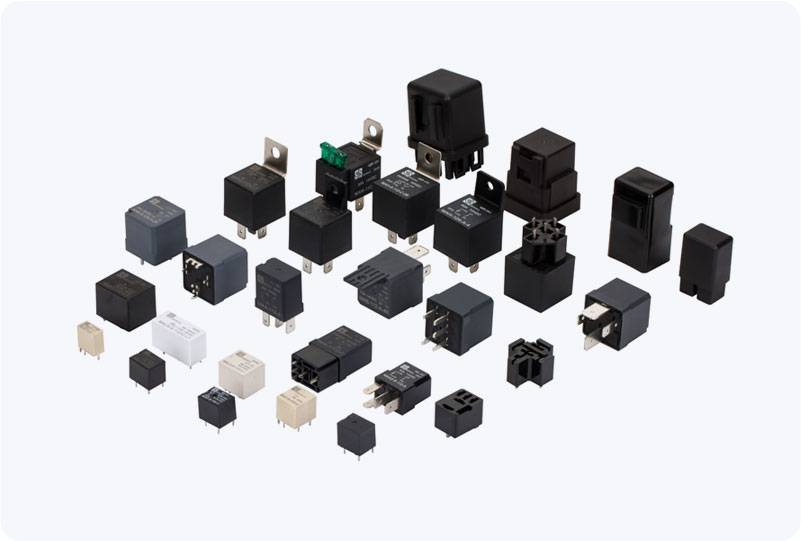The IoT Relay Module is a pivotal component in the rapidly expanding world of the Internet of Things (IoT), providing a bridge between physical devices and the digital ecosystem. It allows users to control electrical appliances remotely, monitor device status, and automate processes, making both homes and industries smarter and more efficient. As IoT technology continues to evolve, the IoT relay module has become an essential tool for developers, engineers, and hobbyists alike.

At its core, an IoT relay module is a combination of a relay switch, a microcontroller, and a communication interface. The relay acts as an electrically operated switch, capable of controlling high-voltage devices such as lights, fans, or machinery, while the microcontroller manages input signals and executes commands to operate the relay. The communication interface, often Wi-Fi, Bluetooth, or ZigBee, connects the module to a network, enabling remote control and monitoring through smartphones, computers, or cloud platforms. One of the primary advantages of the IoT relay module is remote accessibility. Traditional switches require manual operation, but IoT-enabled relays can be controlled from anywhere with an internet connection. For example, a user can turn on a heater before arriving home or switch off forgotten lights from the office. This convenience not only saves time but also contributes to energy efficiency, reducing unnecessary power consumption.